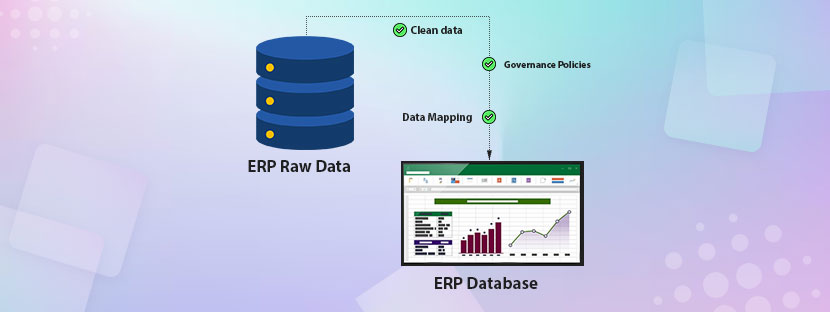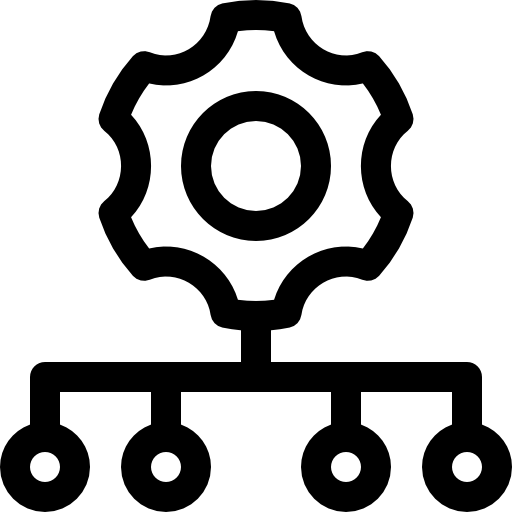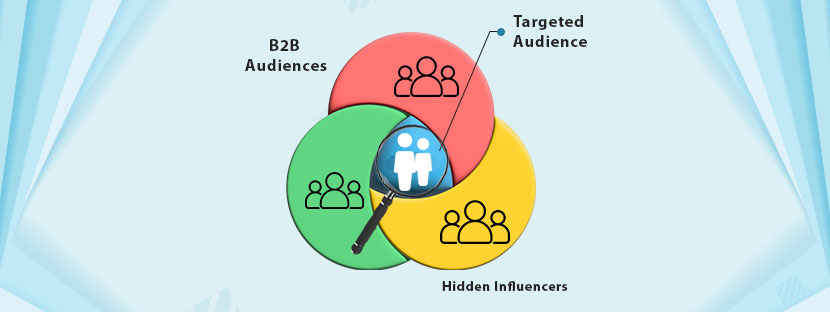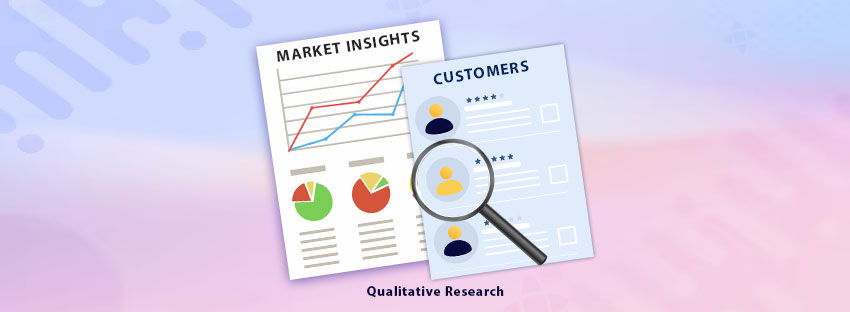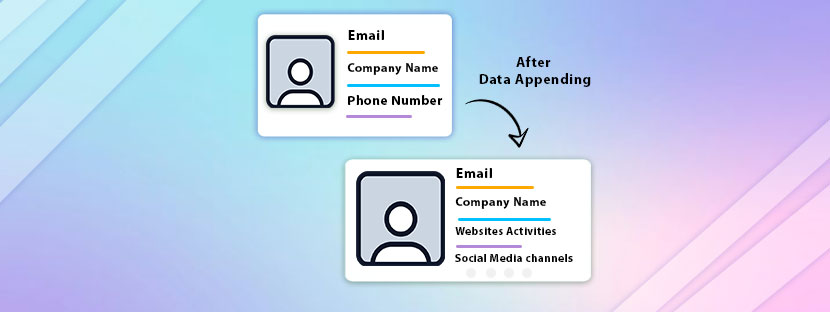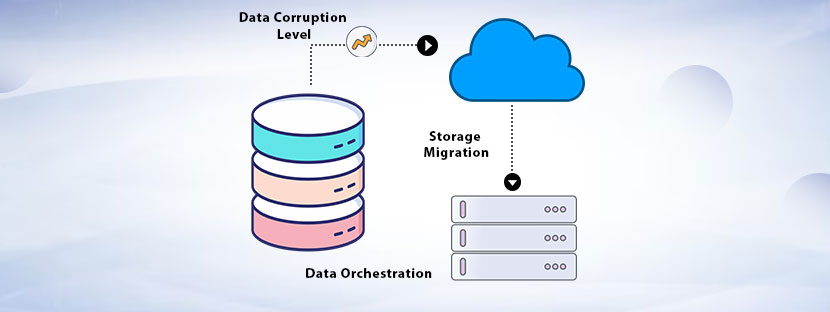In This Article
Switching your ERP is one of the time-consuming jobs ever. Converting data from the previous system and then relocating it to the new system. Ugh! A lot of tasks!
You have to do various tasks one after another while avoiding some common ERP Data Conversion Mistakes. Yes, it seems straightforward to convert files, but it requires critical skills and experience to perform the task effectively.
So, here is your guide to familiarize yourself with ERP Data Conversion Errors and the way you can acid them. This blog is here to help you frame strategies for your ERP migration project.
Shall we start?
Highlighting the ERP Data Conversion Mistakes first
Converting data from the existing format to a suitable format is important when migrating the ERP database. But let it be very honest, it’s the most tedious job ever! And that is why most of the Mistakes during ERP data conversion happen here. Prepping your previous ERP system for the new ERP system must be done error-freely.
Here is the list of ERP file conversion mistakes that may happen, but you need to stay conscious to spot them.
Poor data cleansing
Before starting the data conversion tasks, you must consider data cleansing. Your new ERP database must receive fresh data in a suitable format. Skipping the data cleansing part always leads to an inconsistent and inaccurate flow of data into the new ERP system. Cleaning all your data before the conversion always provides you with an edge and easily tackles post-migration issues. If data cleansing gets ignored by chance, it will create trouble post-ERP migration.
Data cleansing is easy when done correctly. See how cleansing works
Setting unrealistic migration goals
Setting ERP migration goals and strategies in accordance with that is important to work on. It enables you to keep track of the project and avoid confusion during the course of execution. Whenever any issue arises, the project goals and strategies resolve the matter. However, setting unrealistic goals for ERP migration can also cause harm. Marking a benchmark is a way, but you don’t need all of it. If you keep following unrealistic plans, you’ll end up suffering deadline issues and data quality errors.
Unrealistic ERP migration goals often create a rush in the data conversion process. And when the data conversion is done in a rush situation, it could result in data inconsistency, a compromised system, and sometimes a failed ERP migration. Hence, you have to invest your time in the migration project to frame out the entire thing.
Ineffective data governance policies
Converting data from one format to another requires a standardized practice to follow. The rules of established data governance policies within the organization guide the ERP data conversion process. However, if there are no data governance policies in place or the existing ones are ineffective, it could lead to many ERP data conversion issues.
Not having an effective data governance system in place, issues like inconsistent data formats, data control issues, and data ambiguity can arise. Further, it can develop into more critical cases, like errors in data mapping, security weaknesses, and compromised data integrity. Practically, when there is no data governance, it also means there are no standardized naming conventions, no quality control, and no data stewardship at all.
Errors in data transformation
Let’s consider the data transformation alone here. The data conversion process must remain error-free always. The effectiveness and efficiency of the ERP system depend on it. Any kind of ERP data conversion errors can lead to data loss, data integrity issues, and sometimes data corruption. Data transformation also covers the relationships that datasets share with each other. Following poor data transformation practices will lead to errors in converted documents and a mismatch in data streams. Following up on suitable and effective data transformation policies can only avoid errors in ERP data conversion.
Not considering historical data
Starting the ERP work immediately without considering historical data always leads to errors. Before you consider switching to a new ERP system, you need to assess how much of your old data you can pull from your old system. Keeping old records in the new ERP system is extremely helpful for assessing, reporting, and comparing the benchmark or standards.
Historical ERP data sets standards for the new ERP system to follow. It helps compare two streams of data. However, putting too much old data into your new ERP system can slow it down. Plus, it makes the ERP system erroneous and inaccurate.
Insufficient training & communication
Migrating data from one ERP system to another using the route of data conversion requires trained people. Undermining the training responsibility makes people unsure about the data structure and quality standards. Mistakes in choosing the right person for data entry work can lead to further issues. Undermining the knowledge gap can become a major resistance to getting involved in the new ERP system.
Incorrect data testing and validation
Ignoring in-depth validation and testing after data conversion simply means errors in your new ERP system. Further, it can lead to many other serious issues like data integrity, data migration, incomplete processes, and inaccurate reports. Keeping the poor testing capacities for ERP data conversion also disrupts the operations. For example, it can make data users unsatisfied and make them unable to take action. Plus, making delays in processing the data further ignites the overall chaos in the new ERP system.
How to Avoid ERP Data Conversion Errors
After discussing the ERP mistakes, it’s time to address the solutions. Converting ERP data from one format to a suitable one is the first mandate of ERP data migration. It requires proper planning and then careful execution. To maximize efficiency, following the best practices is essential here.

Plan it & document it
Mental planning of the ERP data conversion and then migration is not sufficient. You need this plan to be presented on paper. So plan it and document it, side by side. In the plan, you need to outline the timeline of the entire conversion task, distribute responsibilities, and define each step with trackable measures. Planning out the ERP data conversion thing always helps you minimize your potential errors. Plus, it makes the data flow consistent across departments and ensures a smooth ERP transition.
On the other side, documentation provides clarity to the planning. When you put down your plan on paper, it allows better coordination and enables effective communication between stakeholders. And do you know the best part of documenting the ERP data conversion plan? It reduces ambiguity. Thus, your planning documents can easily become a valuable resource for future reference. You can use them for troubleshooting and auditing effectively.
Understand the requirements
Analyze the exact data conversion needed to migrate your ERP data. Most importantly, understand the format requirements of the new ERP system to accept data. Besides the formats, a thorough analysis of the ERP data conversion requirements also reveals the exact structure and validation rules. Conducting a comprehensive data requirement analysis can reveal ways to minimize data mapping errors.
Consider data cleansing
Cleansing involves identifying and addressing data quality issues. During ERP data conversion, it’s quite common that errors will occur. But it’s your responsibility to initiate data cleansing to minimize those errors. Data cleansing reduces bad data records and all types of errors in databases. It comes in a complete package which involves deduplication, standardization, validation, rectification, and other processes.
Clean your converted data before migrating it to the new ERP system. It becomes easy when you understand the data cleansing methodology well. Putting clean converted data into your new ERP system will make it strong and integrated. Considering data cleansing as a part of the data conversion process will definitely lay the foundation of your new ERP system.
Establish data governance
Data governance includes policies and standards, and processes. The main aim of data governance is to maintain the quality of the data intact. When you include data governance policies in the operations, you’ll open up new sources to minimize data vulnerabilities. For example, having the data governance principles in place provides you with standardized naming conventions. You can save your files in a specific name and in a certain way. Similar to this, other parts of the data operations, including the control mechanism, data governance mechanism handled.
Pick up old data
Never forget the historical data when shifting to a new ERP system. We know it’s quite challenging to consider historical data for a new ERP system. Because you have to go through a lot of processes and steps to include them. However, adding them can provide you with better insights, analysis, and compliance. Plus, you can compare your existing ERP system with your new system easily when you consider old data.
Remember, you need to select historical data carefully. You cannot consider everything when selecting historical data. Putting everything in your new ERP system can make it slow and hamper the processing part. So, you can take some part that helps you in reporting, analyzing past trends, and making future decisions.
Map your data
Data mapping in ERP correlates data between two points: the sources and your target ERP system. It needs to be done perfectly to avoid ERP data conversion mistakes. Once you map your data perfectly, you can easily identify the gaps, inconsistencies, and potential data loss during your ERP migration process. Mapping also helps make the entire process integrated.
The biggest concern of the ERP data conversion and migration process is missing data. The risk of data loss is quite high when it comes to switching your ERP systems. However, data mapping acts as a savior here that prevents data loss. It tracks the sources and destinations during the entire migration process. Considering data mapping as a part of your ERP migration process can help you in many ways.
Prioritize security
Preventing unauthorized access to your ERP data is the prime responsibility of your data security mechanism. You must implement a strong security protocol when it comes to converting ERP data and migrating it into a new system.
The following data measures can help prevent unauthorized access and data breaches during the conversion and migration, too.
Data encryptions make the file transfer process secure and confidential. It ensures the data reaches the target area without interference from any other undesired forces. Data encryption blocks unauthorized access and makes the data transfer process secure and smooth. Plus, it safeguards against data breaches and makes the process integrated.
When you prioritize data security over other processes, you can prevent potential data losses, make your ERP migration process integrated, and maintain confidentiality.
Stress on data transformation
As we discussed before, switching to a new ERP system many times requires data in a new structure. Before moving your data to the new system, you have to convert it appropriately. Following up on the data transformation protocol can help here. But before it, you need to understand the data requirements of your new ERP system. It involves knowing the date format, data type conversion, data aggregation needs, and other necessary information.
The quality of the data should remain the same even after being converted many times. You must not compromise on data quality ever. Hence, the transformation should maintain all protocols to enhance the data quality.
There are other ways you can ensure the ERP data conversion is done smoothly.
✓ Test & validate data thoroughly
✓ Train your people
✓ Conduct pilot tests
✓ Monitor, review, & improve
When to consider experts for ERP data conversion
Switching to a new ERP system is exciting. But moving all your data into it can be tricky. That’s where experts come in. They know the small details that most people miss. Bringing them in at the right time can save you from a lot of stress and mistakes.
Why It’s Worth It
Experts bring experience, tools, and tested methods. They make sure your data moves safely and lands in the right place. This keeps your new ERP system running smoothly from day one. In short, calling in experts is not just about saving time. It’s about protecting your business from costly mistakes. Or, the best, you can hire ERP data entry experts to make the data conversion smooth and effective.

